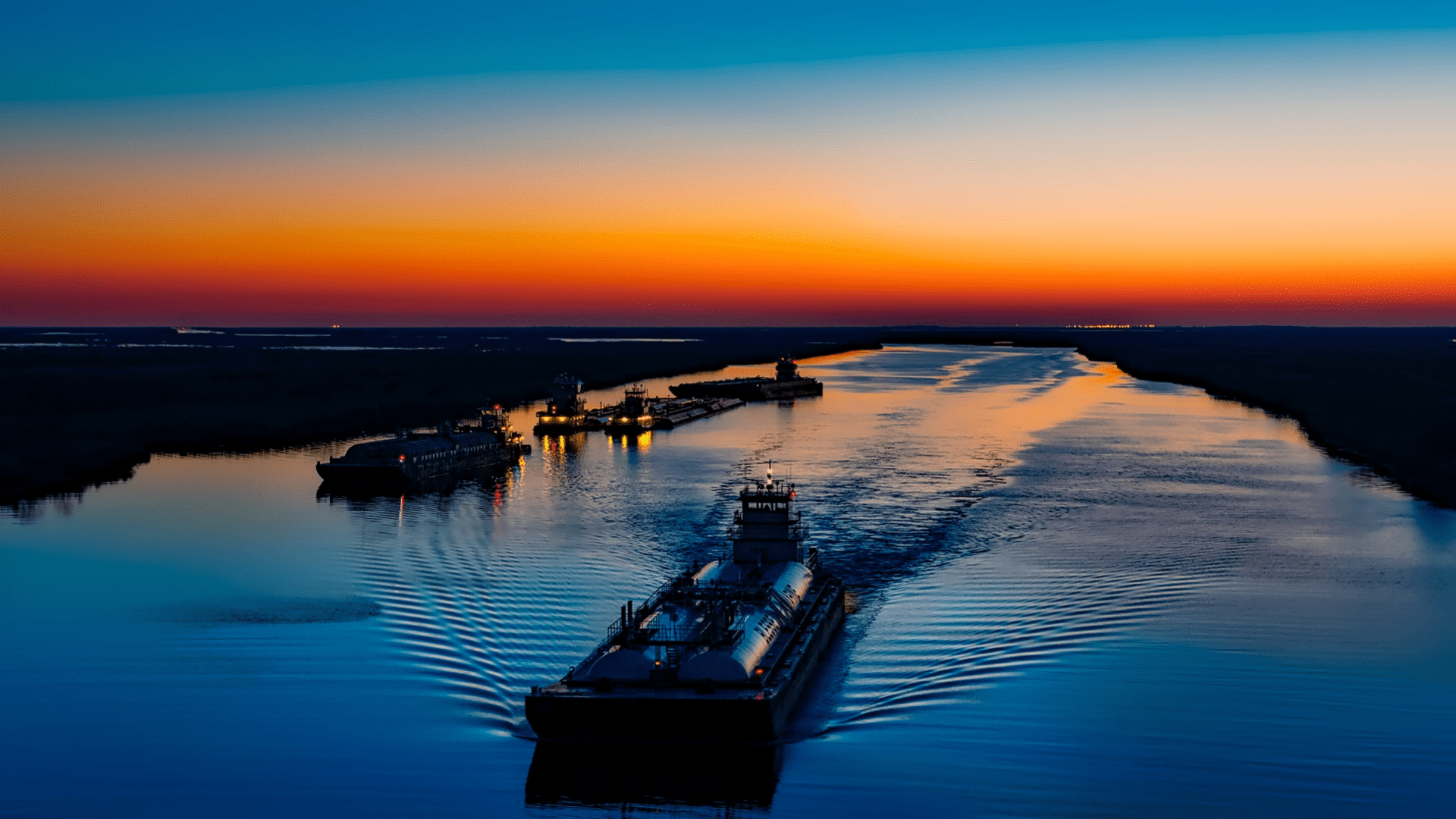
Communication

Marine communication has long history and continues developing to this day. For the last years this field have been changed and innovated greatly. At the first stages of its evolution semaphores and flags were used, later mariners began using radio for transmitting distress signals and also Morse code was in practice. Only in the second half of twentieth century IMO brought in an automated system of ship-to-ship or ship-to-shore communication and the constant presence of marine officer wasn’t necessary any more.
Such communication was held by means of on board systems through the shore stations and satellites. Thus ship-to-ship communication was carried by VHF radio, and then DSC appeared. It could provide digitally remote control commands to receive and transmit distress signals, urgent calls and current messages. Today DSC controllers can be combined with VHF radio.
Satellite communication systems are used to transmit and receive signals in cases when the ship is out of the coverage area of shore stations. The work of such systems depends on geo-stationary satellites. These marine services became available thanks to the commercial company INMARSAT and government agency COSPAS-SARSAT. The INMARSAT provides two way communication, the system of Corpas-Sarsat allows to receive emergence signals when there are no facilities of two way marine communications (denoting EPIRB).
Under international requirementsthe GMDSSdefines four sea areas: A1, A2, A3 and A4. Such division allows tracking areas where GMDSS services are available and defining what radio equipment ships must carry (as type of radio safety equipment depends upon the GMDSS areas in which ships travel).
© trcmarine.com. All rights reserved. Design dostech
